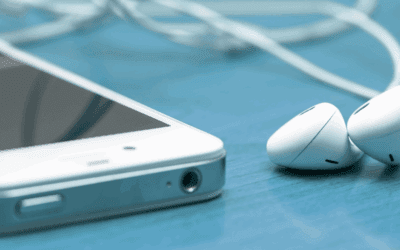Empathy Isn’t Coddling – It’s Leadership
Empathy is having a moment. From boardrooms to classrooms to social media, it’s being hailed as the ultimate 21st-century leadership skill—until the pendulum swings the other way, and critics claim it’s making us weak, coddled, or incapable.
At Slingshot25, empathy is more than a buzzword. It’s a core theme we teach, write about, and reflect on in our work with leaders. In light of the online debate, we ask you to consider, “What is empathy really—and how do we practice it without falling into the traps of overprotection or inaction?”
Redefining Empathy: It’s Simpler Than You Think
Empathy isn’t an abstract concept or a complicated emotional process. At its core, empathy is curiosity. It’s the act of wondering: What is this moment like for someone else?
It’s not about fixing someone’s problems or jumping into action—it’s simply stepping out of your own head and asking, “What might they be thinking or feeling right now?”
This definition of empathy shifts the conversation from something lofty and unachievable to a practical skill. And like any skill, it needs practice.
Why Empathy Feels Like It’s Fading
Technology has given us unparalleled access to information, but it’s also made our lives more self-focused than ever. When we’re glued to our phones, scrolling through reels, or absorbing our personalized newsfeeds, we’re not exercising our empathy muscles.
The result? A world that can feel disconnected, lonely, and full of frustration. Humans are hardwired for connection, and empathy is the bridge that lets us see and value each other. Without it, we risk creating workplaces, families, and communities where people feel unseen, unsupported, and undervalued.
Practicing Empathy in Leadership
For leaders, empathy is a game changer. It’s not about coddling employees or solving every challenge for them—it’s about seeing them, acknowledging their struggles, and believing in their ability to tackle hard things.
For example, when you sense someone on your team might be feeling overwhelmed or uncertain, use empathy to open the door to conversation:
- “That project seemed intense. Was it challenging to navigate?”
- “I imagine that might have been frustrating for you. How are you feeling about it?”
If you’re wrong, they’ll let you know. If you’re right, you’ve created a moment of connection and trust. Either way, you’ve shown that you care enough to ask.
The Fine Line Between Empathy and Coddling
Empathy is about understanding—it’s not about overstepping. As Jackie from our team puts it, coddling happens when we fail to believe in people’s ability to do hard things.
Take parenting as an example. When a child struggles, it’s tempting to swoop in and fix everything. But doing so robs them of the chance to grow, to learn resilience, and to ultimately “fly.” Empathy means acknowledging their struggle without taking away their ability to overcome it.
The Case for More Empathy
Critics may argue we’re overusing empathy in today’s world, but we’d argue the opposite. Empathy isn’t about “softening” people or avoiding hard truths—it’s about connecting, seeing, and valuing others.
At work, at home, and in life, the world needs more empathy—not less. So spend a little time wondering about someone else’s experience. Get curious. Listen more than you speak. And watch how it transforms your relationships and your leadership.
Let’s stop debating whether empathy is “too much” or “not enough” and instead focus on practicing it. Because a world where people feel seen, valued, and cared for isn’t just a better world—it’s a stronger one.
Want to Talk More?
Contact us to learn how we can help you build the leadership skills that matter most.



